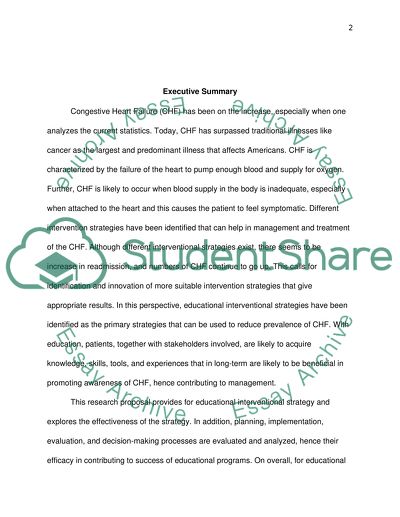Cite this document
(“Utilization research for congestive heart failure education program Proposal”, n.d.)
Retrieved from https://studentshare.org/nursing/1394385-utilization-research-for-congestive-heart-failure-education-program
Retrieved from https://studentshare.org/nursing/1394385-utilization-research-for-congestive-heart-failure-education-program
(Utilization Research for Congestive Heart Failure Education Program Proposal)
https://studentshare.org/nursing/1394385-utilization-research-for-congestive-heart-failure-education-program.
https://studentshare.org/nursing/1394385-utilization-research-for-congestive-heart-failure-education-program.
“Utilization Research for Congestive Heart Failure Education Program Proposal”, n.d. https://studentshare.org/nursing/1394385-utilization-research-for-congestive-heart-failure-education-program.


